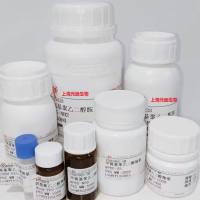Determining the Transmembrane Topology of the Presenilins
互联网
483
Mutations in two related genes, PS1 (1 ) and PS2 (2 ,3 ) located on chromosomes 14 and 1, respectively, account for the majority of early onset cases of familial Alzheimer’s disease (FAD). PS1 and PS2 are predominantly localized in the endoplasmic reticulum and Golgi (4 -7 ). PS1 is a 467 amino acid peptide predicted to contain between seven and nine transmembrane helices based on hydrophobicity profiles (1 ,8 ). The protein topology of PS1 and its C. elegans homologues, SEL-12 and HOP-1, have been examined by several investigators (7 ,9 –13 ). This chapter describes two approaches we utilized to determine the topological orientation of the PS1 N-terminal, and C-terminal domains, and a hydrophilic “loop” region encompassing amino acids 263-407. The first approach is based on the proteolytic sensitivity of amyloid precursor protein (APP) protein chimeras to endoproteolytic cleavage by β-secretase in the lumen of the Golgi. The second approach is based on selective permeabilization of the plasma membrane using a bacterial pore-forming toxin, streptolysin-O (SLO), and subsequent immunocytochemical probing for cytosolic epitopes using specific antibodies. Both of these methods can be easily adapted to determine the topology of other membrane proteins.






